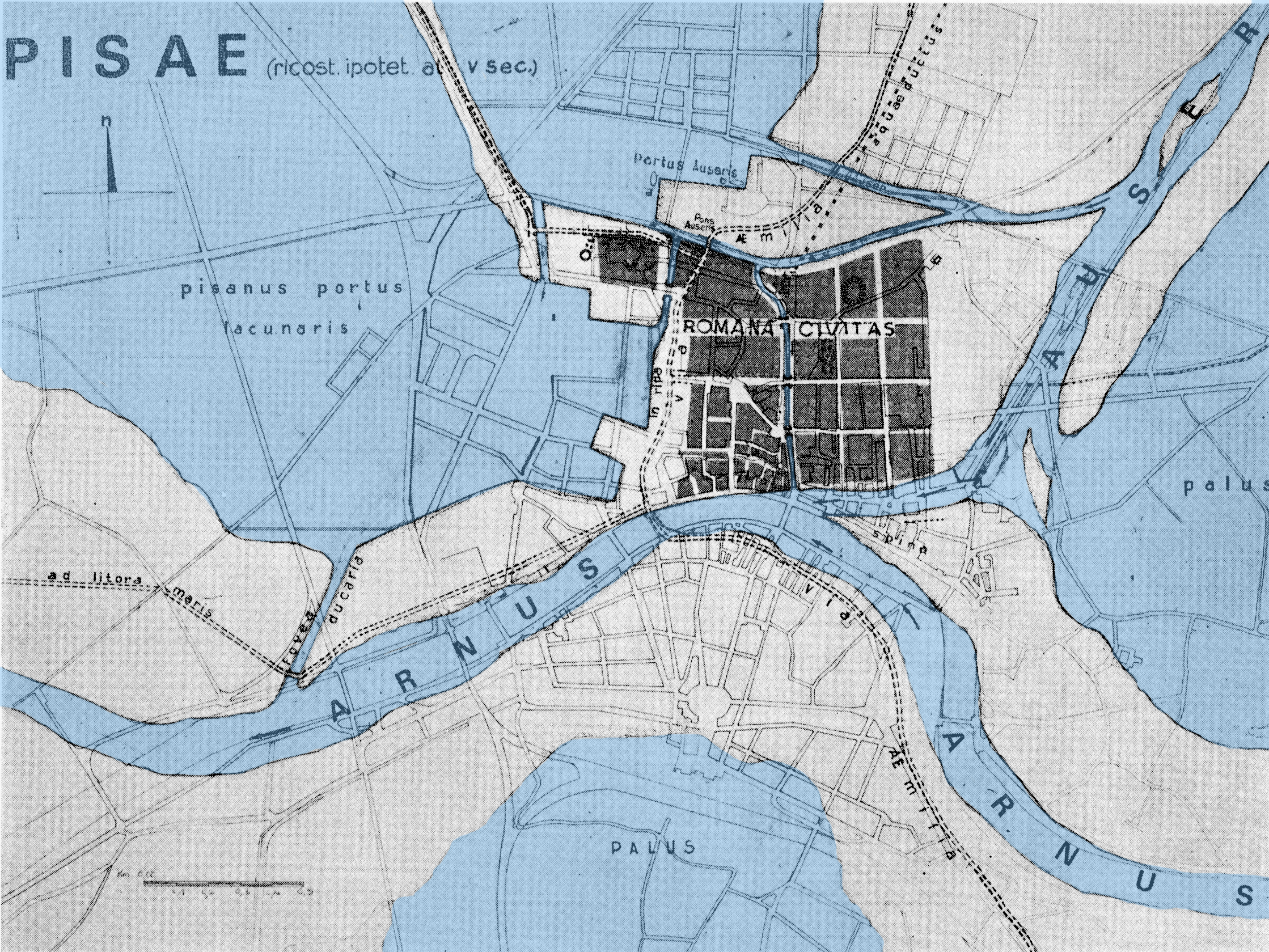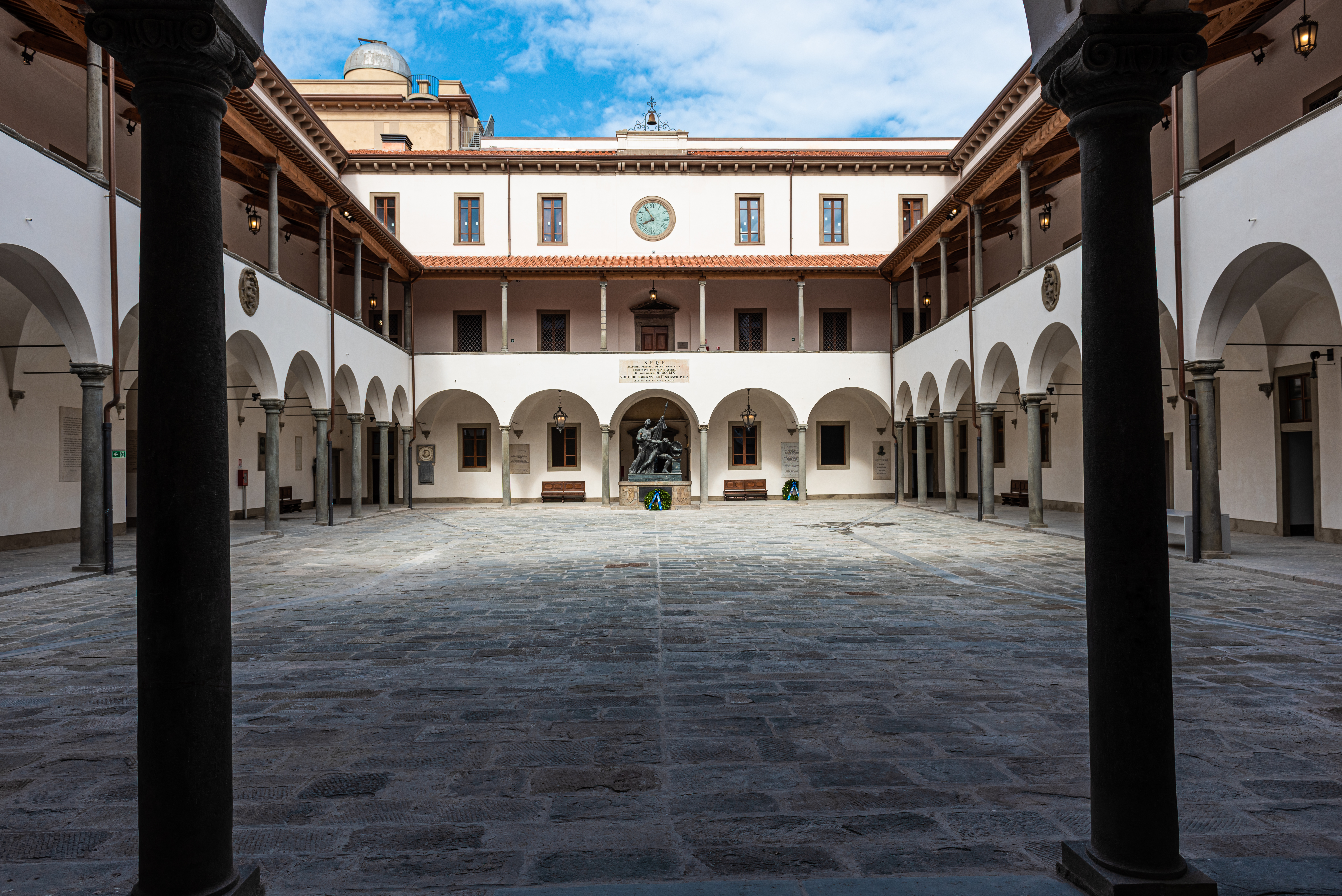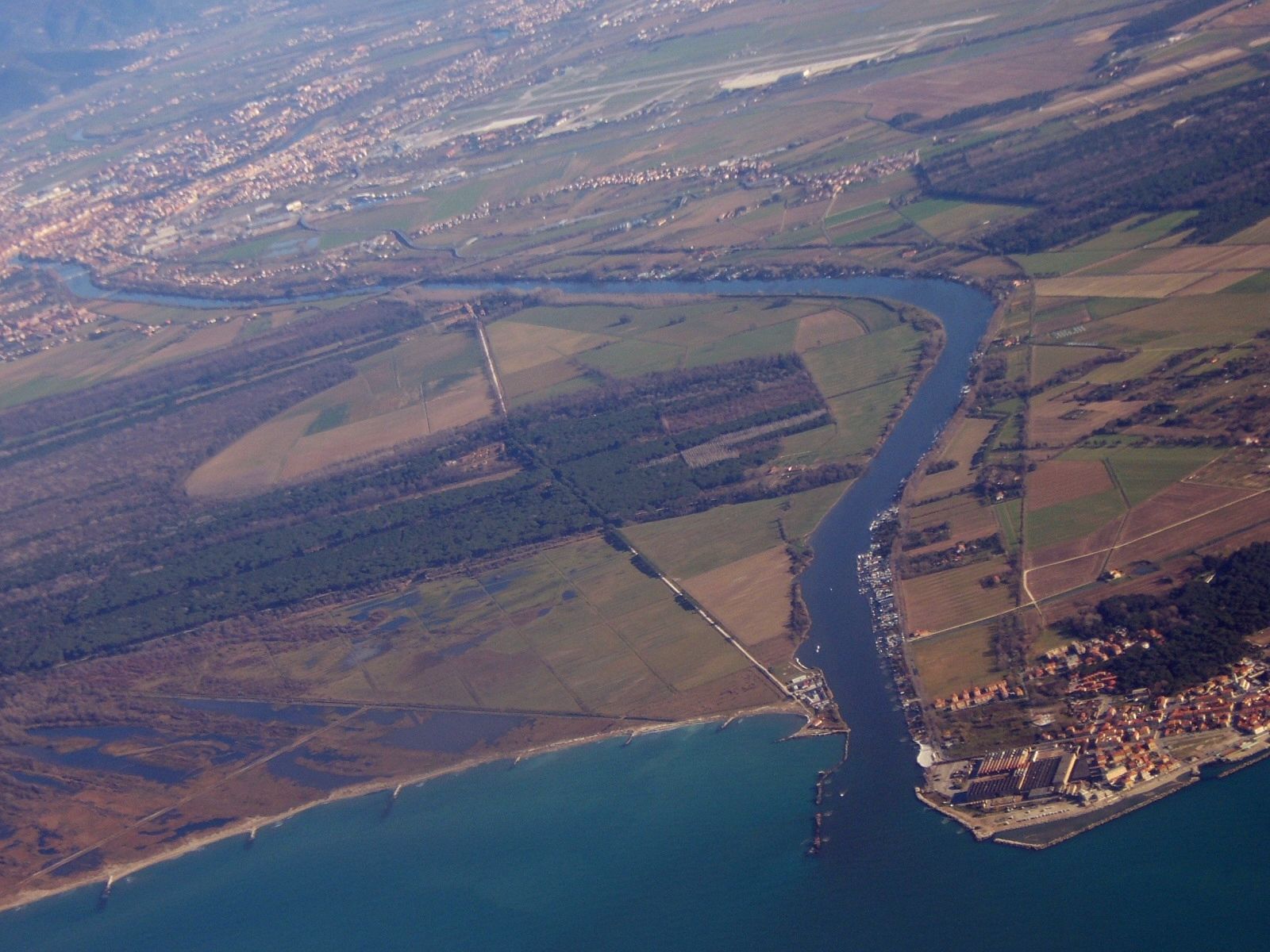|
Pisa
Pisa ( ; ) is a city and ''comune'' (municipality) in Tuscany, Central Italy, straddling the Arno just before it empties into the Ligurian Sea. It is the capital city of the Province of Pisa. Although Pisa is known worldwide for the Leaning Tower of Pisa, the city contains more than twenty other historic churches, several medieval palaces, and bridges across the Arno. Much of the city's architecture was financed from its history as one of the Italian maritime republics. The city is also home to the University of Pisa, which has a history going back to the 12th century, the Scuola Normale Superiore di Pisa, founded by Napoleon in 1810, and its offshoot, the Sant'Anna School of Advanced Studies.Scuola Superiore Sant'Anna di Pisa Information statistics History ...
|
Maritime Republics
The maritime republics (), also called merchant republics (), were Italian Thalassocracy , thalassocratic Port city, port cities which, starting from the Middle Ages, enjoyed political autonomy and economic prosperity brought about by their maritime activities. The term, coined during the 19th century, generally refers to four Italian cities, whose coats of arms have been shown since 1947 on the flags of the Italian Navy and the Italian Merchant Navy: Duchy of Amalfi, Amalfi, Republic of Genoa , Genoa, Republic of Pisa, Pisa, and Republic of Venice, Venice. In addition to the four best known cities, Republic of Ancona, Ancona,Peris Persi, in ''Conoscere l'Italia'', vol. Marche, Istituto Geografico De Agostini, Novara 1982 (p. 74); AA.VV. ''Meravigliosa Italia, Enciclopedia delle regioni'', edited by Valerio Lugoni, Aristea, Milano; Guido Piovene, in ''Tuttitalia'', Casa Editrice Sansoni, Firenze & Istituto Geografico De Agostini, Novara (p. 31); Pietro Zampetti, in ''Itinerari de ... [...More Info...] [...Related Items...] OR: [Wikipedia] [Google] [Baidu] |
Leaning Tower Of Pisa
The Leaning Tower of Pisa ( ), or simply the Tower of Pisa (), is the , or freestanding bell tower, of Pisa Cathedral. It is known for its nearly four-degree lean, the result of an unstable Foundation (engineering), foundation. The tower is one of three structures in Pisa's Cathedral Square (), which includes the cathedral and Pisa Baptistery, Pisa Baptistry. Over time, the tower has become one of the most visited tourist attractions in the world as well as an architectural icon of Italy, receiving over 5 million visitors each year. The height of the tower is from the ground on the low side and on the high side. The width of the walls at the base is . Its weight is estimated at . The tower has 296 or 294 steps; the seventh floor has two fewer steps on the north-facing staircase. The tower began to lean during construction in the 12th century, due to soft ground which could not properly support the structure's weight. It worsened through the completion of construction in the ... [...More Info...] [...Related Items...] OR: [Wikipedia] [Google] [Baidu] |
Pisa Cathedral
Pisa Cathedral (), officially the Primatial Metropolitan Cathedral of the Assumption of Mary (), is a medieval Catholic cathedral dedicated to the Assumption of the Virgin Mary, in the Piazza dei Miracoli in Pisa, Italy, the oldest of the three structures in the plaza followed by the Pisa Baptistry and the Campanile known as the Leaning Tower of Pisa. The cathedral is a notable example of Romanesque architecture, in particular the style known as Pisan Romanesque. Consecrated in 1118, it is the seat of the Archbishop of Pisa. Construction began in 1064 and was completed in 1092. Additional enlargements and a new façade were built in the 12th century and the roof was replaced after damage from a fire in 1595. History Construction on the cathedral began in 1064 by the architect Buscheto, and expenses were paid using the spoils received fighting against the Muslims in Sicily in 1064. It includes various stylistic elements: classical, Lombard-Emilian, Byzantine, and Islamic, dr ... [...More Info...] [...Related Items...] OR: [Wikipedia] [Google] [Baidu] |
University Of Pisa
The University of Pisa (, UniPi) is a public university, public research university in Pisa, Italy. Founded in 1343, it is one of the oldest universities in Europe. Together with Scuola Normale Superiore di Pisa and Sant'Anna School of Advanced Studies, it is part of the Pisa University System. History The Origins The University of Pisa was officially founded in 1343, although various scholars place its origins in the 11th century. It is certain, however, that from the middle of the 12th century Pisa had a “Universitas” in the original sense of the word, that is, a group of students who gathered around masters. It was during this period that Leonardo Fibonacci was born and worked. He was one of the greatest mathematicians in history who, through his work, synthesized the spirit and processes of Greek geometry and the tools of Arabic mathematics for the first time in Europe. The papal seal “In Supremae dignitatis”, issued by Pope Clement VI on 3 September 1343, grant ... [...More Info...] [...Related Items...] OR: [Wikipedia] [Google] [Baidu] |
Sant'Anna School Of Advanced Studies
The Sant'Anna School of Advanced Studies () is a special-statute, highly selective public research university located in Pisa, Italy. Together with the University of Pisa and Scuola Normale Superiore di Pisa, it is part of the Pisa University System. The rector is Sabina Nuti, who took office on 7 May 2019. Before her, the rector of the school was Pierdomenico Perata, elected on 8 May 2013 after the resignation of Maria Chiara Carrozza, due to her election as Member of Parliament and appointment as Minister of Education, University and Research. Since January 2014, the school has been presided over by Yves Mény, until the School joined the first Federation of Universities in Italy, together with two among the other twenty ''Scuole Superiori Universitarie'' (Grandes Écoles): Scuola Normale Superiore and Scuola Superiore Studi Pavia IUSS. Before him, the president was Giuliano Amato, a former prime minister of Italy and currently judge of the Constitutional Court. The un ... [...More Info...] [...Related Items...] OR: [Wikipedia] [Google] [Baidu] |
Province Of Pisa
The province of Pisa () is a province in the Tuscany region of Italy. Its capital is the city of Pisa. With an area of and a total population of 421,642 (), it is the second most populous and fifth largest province of Tuscany. It is subdivided into 37 ''comuni'' (: ''comune''). With a history that dates to the Etruscans and Phoenicians, the province achieved considerable power and influence in the Mediterranean in the 12th and 13th centuries. Pisa, the provincial capital, is known for its Leaning Tower, and other historic landmarks that attract tourists. History The area has a long maritime history dating back to the Etruscans, the Phoenicians and the Gauls. Under the Roman Empire, it was responsible for naval battles against the Ligurians, Gauls and Carthaginians, becoming a Roman colony in 180 B.C. and gaining further colonial independence under Julius Caesar. Thanks to its complex river system, with the fall of the Roman Empire, Pisa did not suffer unduly and was able to co ... [...More Info...] [...Related Items...] OR: [Wikipedia] [Google] [Baidu] |
Scuola Normale Superiore Di Pisa
The Scuola Normale Superiore (commonly known in Italy as "la Normale") is a public university in Pisa and Florence, Tuscany, Italy, currently attended by about 600 undergraduate and postgraduate (PhD) students. Together with the University of Pisa and Sant'Anna School of Advanced Studies, it is part of the Pisa University System. It was founded in 1810 with a decree by Napoleon as a branch of the École normale supérieure (Paris), École normale supérieure in Paris, with the aim of training the teachers of the Empire to educate its citizens. In 2013 the Florentine site was added to the historical site in Pisa, following the inclusion of the Institute of Human Sciences in Florence (SUM). Since 2018 the Scuola Normale Superiore has been federated with the Sant'Anna School of Advanced Studies in Pisa, with the Scuola Superiore Studi Pavia IUSS, Institute for Advanced Studies of Pavia, and the Scuola Superiore Meridionale of Naples the only other three university institutions with ... [...More Info...] [...Related Items...] OR: [Wikipedia] [Google] [Baidu] |
Pisa Baptistery
The Pisa Baptistery of St. John () is a Roman Catholic ecclesiastical building in Pisa, Italy. Construction started in 1152 to replace an older baptistery, and when it was completed in 1363, it became the second building, in chronological order, in the Piazza dei Miracoli, near the Duomo di Pisa and the cathedral's free-standing campanile, the famous Leaning Tower of Pisa. The baptistery was designed by Diotisalvi, whose signature can be read on two pillars inside the building, with the date 1153. Description The largest baptistery in Italy, it is 54.86 m high, with a diameter of 34.13 m. The Pisa Baptistery is an example of the transition from the Romanesque style to the Gothic style: the lower section is in the Romanesque style, with rounded arches, while the upper sections are in the Gothic style, with pointed wimpergs and a rich figurative program. Like the cathedral and the campanile the Baptistery is built of bichromatic Carrara marble, white with recurring horizontal li ... [...More Info...] [...Related Items...] OR: [Wikipedia] [Google] [Baidu] |
Pisa, Greece
Pisa () is a village situated to the east of Olympia, Greece, located on the northwest side of the Peloponnesus peninsula. Currently it is not politically independent but it is a community of the municipality of Ancient Olympia, in the regional unit of Elis. Modern Pisa is the putative location of ancient Pisa. Greek history tells of a contention between Olympia, Pisa, and Elis, a village of ancient Elis, for supremacy of the region and management of the sacred precinct. The existence of an ancient district called Pisatis (ἡ Πισᾶτις), which included 8 villages over half of modern Elis, is indicated by many ancient authors. Such a political unit is certain for the 4th century BC. The tradition of an earlier unit is not an unreasonable one. Eventually Olympia was victorious in the contention and Pisa became part of Olympia rather than vice versa. Pisatis area The current location thought to be Pisa is about 1km east of Olympia. A confederacy of eight states apparently ... [...More Info...] [...Related Items...] OR: [Wikipedia] [Google] [Baidu] |
Piazza Dei Cavalieri
Piazza dei Cavalieri () is a landmark in Pisa, Italy, and the second main square of the city. This square was the political centre in medieval Pisa. After the middle of 16th century the square became the headquarters of the Order of the Knights of St. Stephen. Now it is a centre of education, being the main house of the Scuola Normale di Pisa, a higher learning institution part of the University. History Middle Ages It was believed that it was located at the same place as the forum of the antique ''Portus Pisanus'', the harbor of Pisa in Roman age, although that was not proven by any archaeological discovery. The square, known as ''Square of the seven streets'' (Piazza delle sette vie) was the political heart of the city, where the Pisans used to discuss their problems or celebrate their victories. After 1140, the square become the center of Pisa Comune, with construction of buildings belonging to several municipalities and magistrates, as well as several churches. After the ... [...More Info...] [...Related Items...] OR: [Wikipedia] [Google] [Baidu] |
Camposanto Monumentale Di Pisa
The Camposanto Monumentale ("Monumental Cemetery"), also Camposanto Vecchio ("Old Cemetery") or simply Campo Santo, is a historical edifice at the northern edge of the Cathedral Square in Pisa, Italy. ''Campo Santo'' can be literally translated as "holy field", because it is said to have been built around a shipload of sacred soil from Golgotha, brought to Pisa from the Third Crusade by Ubaldo Lanfranchi, archbishop of Pisa in the 12th century. A legend claims that bodies buried in that ground will rot in just 24 hours. The burial ground lies over the ruins of the old baptistery of Santa Reparata, the church that once stood where the cathedral now stands. History The building was the fourth and last one to be raised in the Cathedral Square. It dates from a century after the bringing of the soil from Golgotha, and was erected over the earlier burial ground. The construction of this huge, oblong Gothic cloister was begun in 1278 by the architect Giovanni di Simone. He died in 12 ... [...More Info...] [...Related Items...] OR: [Wikipedia] [Google] [Baidu] |
Marina Di Pisa
Marina di Pisa is a seaside resort of Tuscany, in central Italy. It is a ''frazione'' of the provincial capital of Pisa, which lies about 10 km to the east. Marina di Pisa was mostly built during the economic boom of the late 1800s, as a seaside resort. It was further developed in the 1930s. Many marine support industries developed at the mouth of the Arno river and in the area along its banks. Geography Marina di Pisa lies on the left bank of the Arno River, where it flows into the Tyrrhenian Sea. It is located directly north of the seaside resort of Tirrenia and about 10 kilometers West from Pisa. Behind the town are forested sections of the ''Parco Regionale San Rossore, Migliarino, e Massaciucoli''. From Marina di Pisa, it is possible to see the islands of Corsica, Elba and Gorgona; and the mountains of the Apuan Alps, Apennines, and ''Monti Pisani'' above Pisa. Economy The German aviation company Dornier Flugzeugwerke based most of their production in the town f ... [...More Info...] [...Related Items...] OR: [Wikipedia] [Google] [Baidu] |







